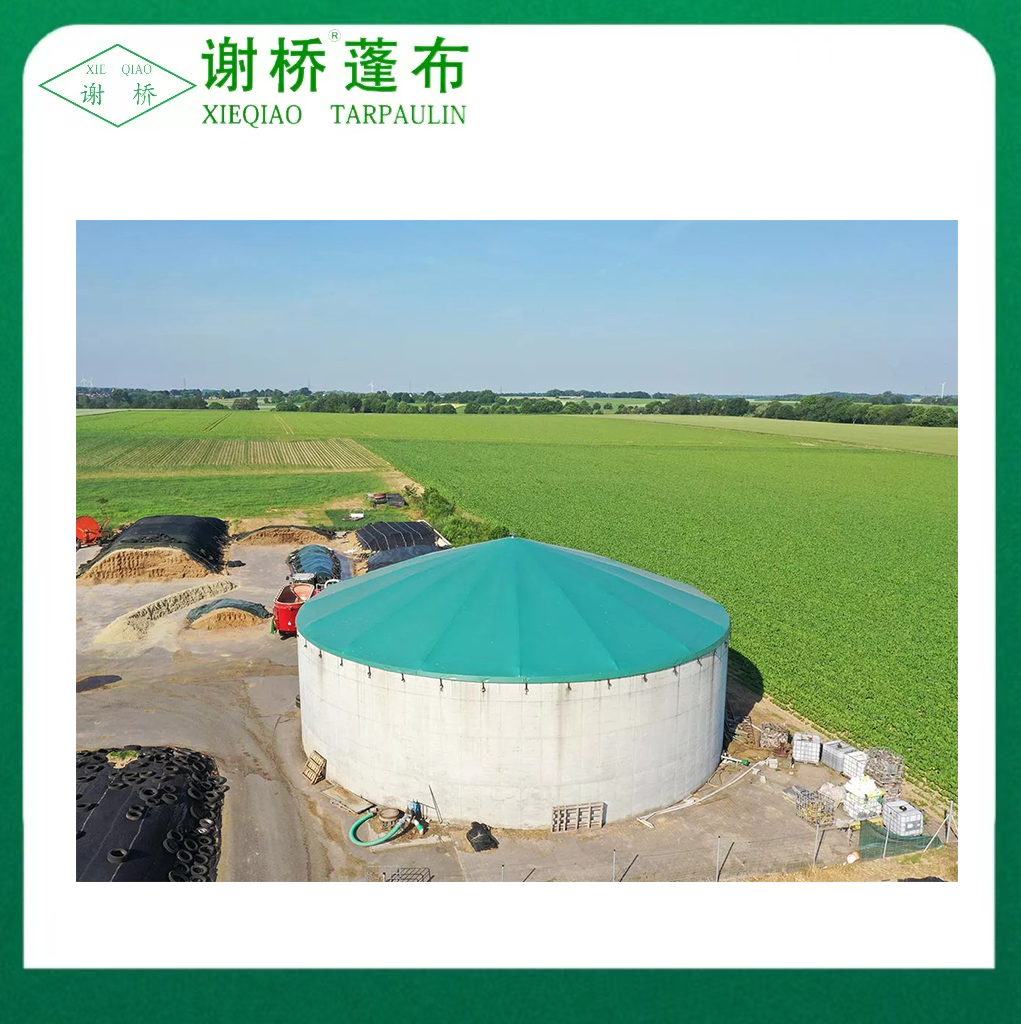Specializing in all kinds of custom tarpaulins Custom Tarpaulin Product Manufacturers
 2025.10.10
2025.10.10
 Industry News
Industry News
Polyvinyl chloride (PVC) is one of the most versatile synthetic materials used in modern manufacturing. When applied to waterproof covers, PVC provides excellent durability, water resistance, flexibility, and affordability, making it a go-to material for protective coverings across many applications. Whether in households, outdoor activities, transportation, agriculture, or industrial settings, PVC waterproof covers have become indispensable due to their ability to shield objects, equipment, and spaces from moisture, dust, and environmental wear.
This article explores the common uses of PVC waterproof covers in daily life and industrial environments, while also highlighting their advantages and considerations for different applications.
Before delving into specific uses, it is important to understand why PVC is a material of choice for waterproof covers:
These characteristics enable PVC waterproof covers to serve a wide spectrum of protective needs.
PVC waterproof covers are widely used to shield indoor and outdoor furniture. Patio chairs, sofas, dining tables, and garden sets are often exposed to rain, dust, and UV rays, which can degrade materials like wood, wicker, or metal. A fitted PVC cover ensures furniture remains dry and clean when not in use, extending its lifespan.
Vehicle owners frequently rely on PVC waterproof covers to protect cars, motorcycles, and bicycles. These covers prevent rainwater from seeping into upholstery, shield against dust and bird droppings, and minimize paint fading caused by prolonged sun exposure. Lightweight and easy to fold, they are convenient for both home garages and outdoor parking areas.
Household appliances such as washing machines, air conditioners, or grills often require protective coverings when placed outdoors. PVC waterproof covers guard against rain, humidity, and dust, particularly in regions with high rainfall or near coastal areas where salt corrosion is a concern.

For outdoor enthusiasts, PVC waterproof covers are essential gear. They are used as tent groundsheets, rain shelters, backpack covers, or protective wraps for camping equipment. Their waterproof and lightweight nature makes them practical for hiking, fishing, and picnics.
When items are stored in garages, sheds, or open spaces, PVC waterproof covers prevent dust buildup, mold growth, and moisture-related damage. They are commonly used to cover bicycles, tools, seasonal decorations, and even firewood.
One of the most visible applications of PVC waterproof covers is in truck tarpaulins. Heavy-duty PVC tarps are used to cover cargo in open-bed trucks, ensuring goods remain dry during transportation. They are strong enough to withstand wind, rain, and UV exposure while being easy to secure with ropes or elastic cords.
Boats, jet skis, and marine equipment are particularly vulnerable to water damage. PVC waterproof covers are ideal for protecting them against rain, saltwater, and sun exposure. Dockside storage often relies on fitted PVC covers to prevent corrosion and mold growth.
In rail freight yards and air cargo operations, PVC waterproof covers shield goods from sudden downpours, condensation, or dust during transit. Their adaptability makes them suitable for various shipment sizes.
PVC covers are used as temporary shelters or protective sheets for crops. They shield plants from excessive rainfall, frost, or pests while maintaining adequate ventilation.
Farmers use PVC waterproof covers to protect hay bales, grain stacks, and animal feed. By keeping moisture out, the covers prevent spoilage, mold, and nutrient loss.
Though not always the primary material for greenhouse panels, PVC waterproof sheets are sometimes used as temporary greenhouse covers, providing affordable solutions for small-scale growers.
Industrial machines and construction equipment require protection when not in operation. PVC waterproof covers prevent dust accumulation, rust formation, and electrical malfunctions caused by moisture. For example, construction sites frequently use large PVC tarps to cover cement mixers, bulldozers, or scaffolding.
In warehouses, PVC waterproof covers act as protective wraps for pallets, raw materials, or finished goods awaiting shipment. They ensure products remain uncontaminated and free from dust or moisture, particularly in partially open storage facilities.
PVC covers play an essential role in construction. They are used as scaffold sheeting, temporary roof covers, or ground protection sheets. Their waterproof properties help protect building materials and maintain safe working conditions during inclement weather.
Event organizers often rely on PVC waterproof covers to protect temporary stages, sound equipment, or seating arrangements. When events are held outdoors, these covers provide a reliable safeguard against sudden weather changes.
In harsh environments such as mining camps or oil drilling sites, PVC waterproof covers are used to shield sensitive equipment, spare parts, and workstations from dust, rain, and extreme conditions.
While PVC waterproof covers are practical, they also raise environmental questions. Traditional PVC is not biodegradable, and improper disposal contributes to plastic pollution. To address this, many manufacturers now produce eco-friendly PVC alternatives, incorporating recyclable materials or reducing harmful additives. Users should prioritize recyclable, high-quality PVC covers and practice proper disposal at the end of their life cycle.
In terms of safety, it is also important to avoid using PVC covers near open flames, as they are not inherently fireproof unless treated with flame-retardant chemicals.
PVC waterproof covers are an integral part of modern life and industry. In daily use, they safeguard furniture, vehicles, appliances, and personal belongings. In transportation and logistics, they protect cargo from unpredictable weather. In agriculture, they preserve crops and feed, while in industrial environments, they shield valuable equipment and materials.
Their widespread application stems from their unique blend of waterproofing, durability, affordability, and adaptability. With proper selection and responsible disposal practices, PVC waterproof covers remain one of the most effective and practical solutions for protecting assets against moisture and environmental exposure.
By understanding their versatility and applying them appropriately, both individuals and businesses can enhance asset protection, reduce replacement costs, and improve overall operational efficiency.